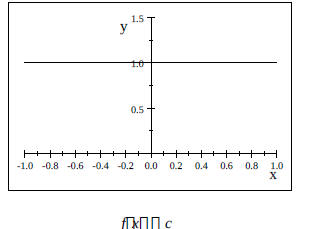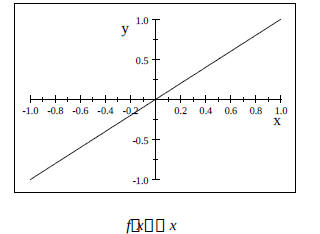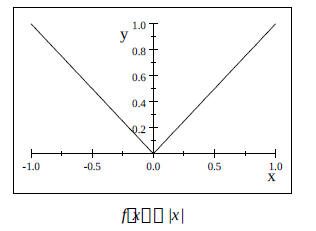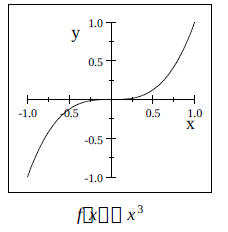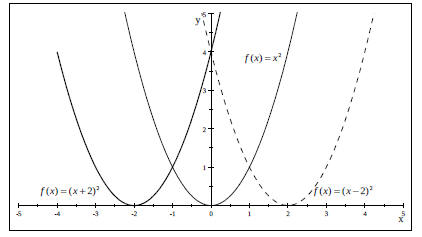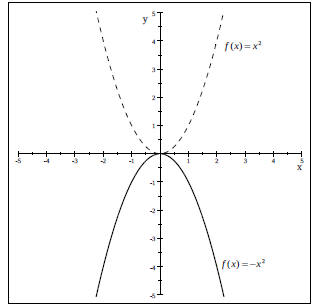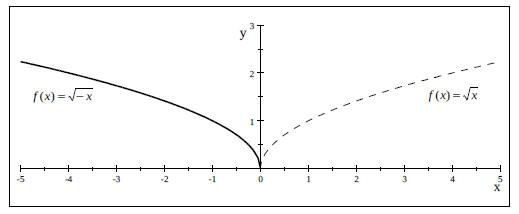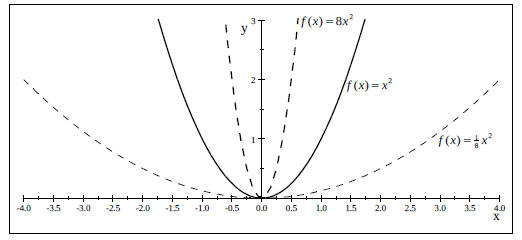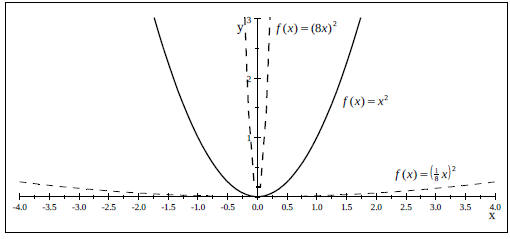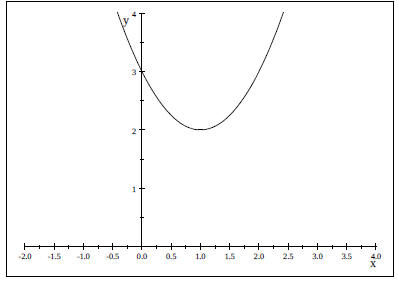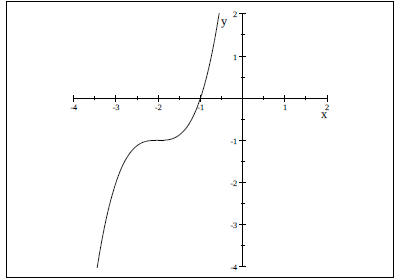|
Home |
Shifting Reflecting Sketching GraphGraphs of Commonly Used Functions in Algebra a.) Constant Function
b.) Identity Function
c.) Absolute Value Function
d.) Square Root Function
e.) Quadratic Function
f.) Cubic Function
Most graphs of functions can be made by transforming
(shifting, stretching, shrinking, reflecting) or Vertical and Horizontal Shifts Let c be a positive real number. Vertical and horizontal
shifts in the graphs of y = f(x) are represented 1.) Vertical shift c units upward -> h(x) = f(x) + c Reflections in the Coordinate Axes Reflections in the coordinate axes of the graph of y = f(x)
are represented as follows: Nonrigid Transformations 1.) A vertical stretch in the graph -> y = cf(x) where c >
1 Vertical Shifts in the Graph of f (x) = x^2 .
Horizontal Shifts in the Graph of f (x) = x^2 .
Reflection in the x-axis of the Graph of f (x) = x^2 .
Reflection in the y-axis of the Graph of
Vertical Stretches and Shrinks of the Graph of f (x) = x^2 .
Horizontal Stretches and Shrinks of the Graph of f (x) = x^2 .
Identify the common function and describe the
transformation shown in the graph. Write an
Solution: b.)
Solution: |


